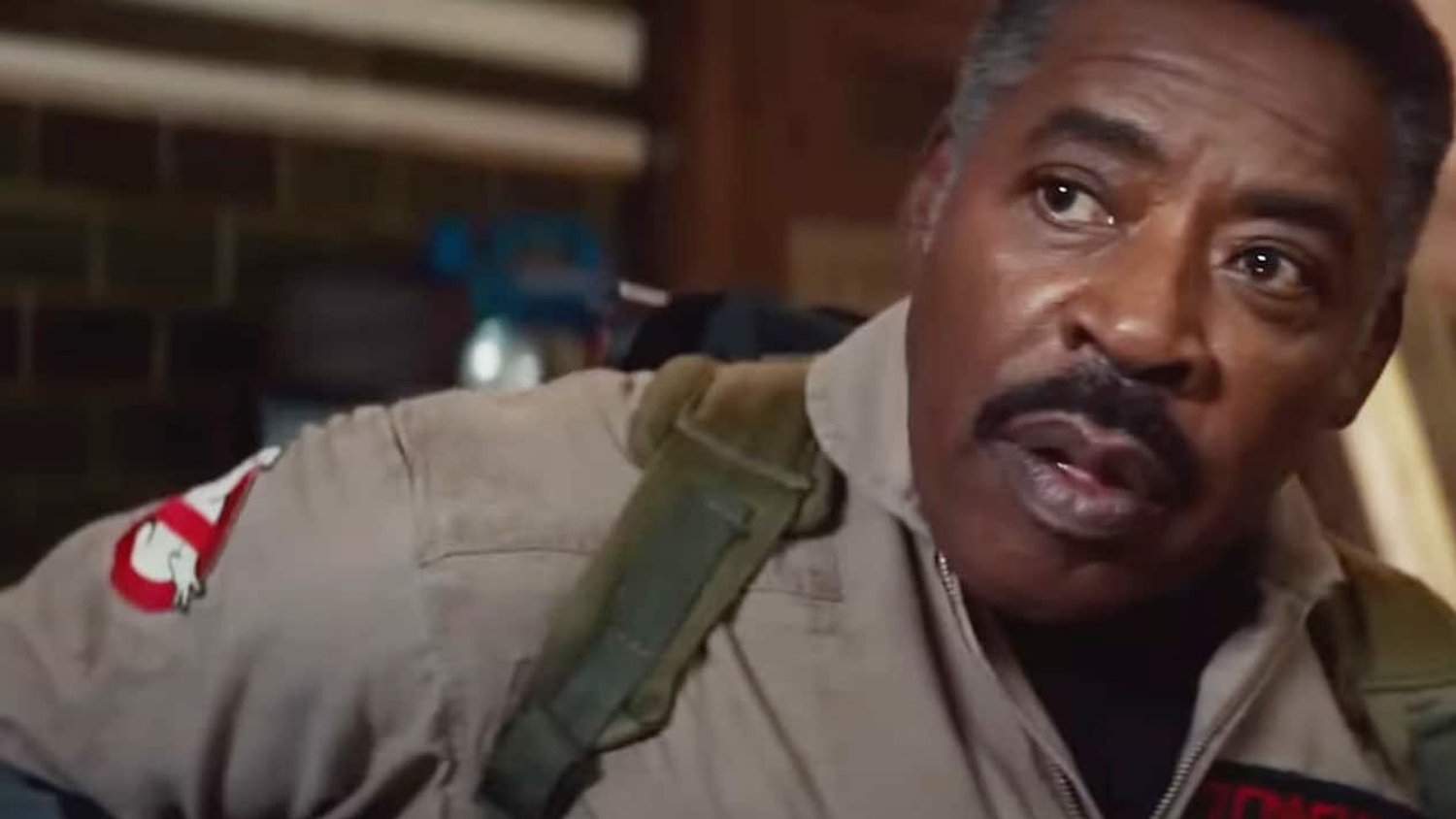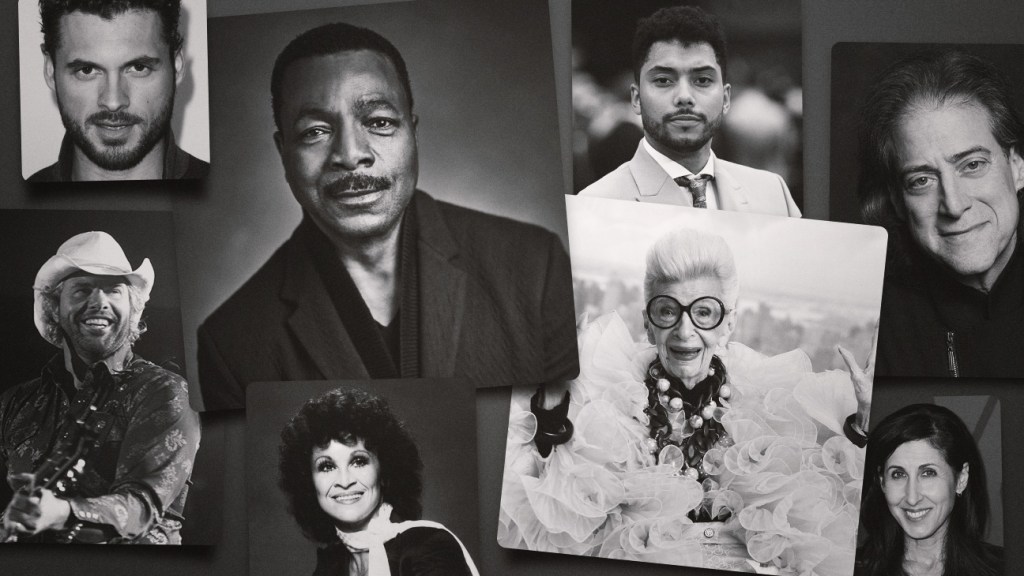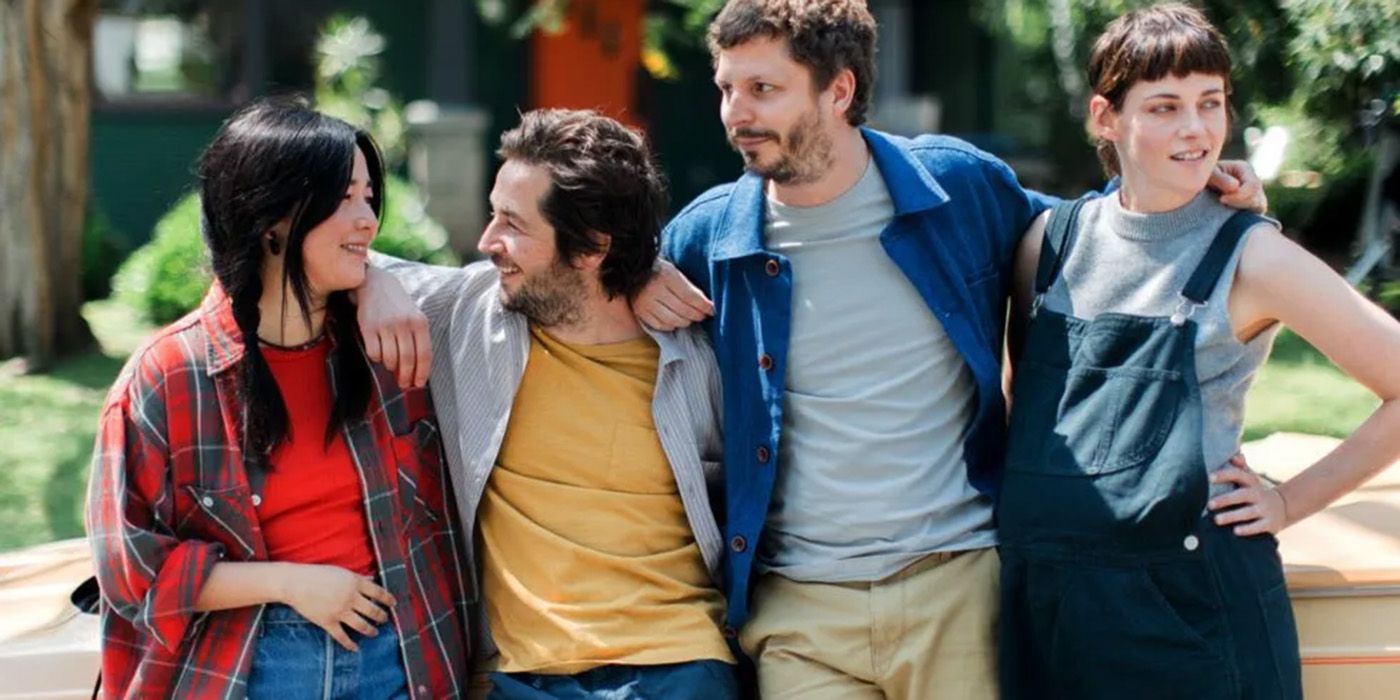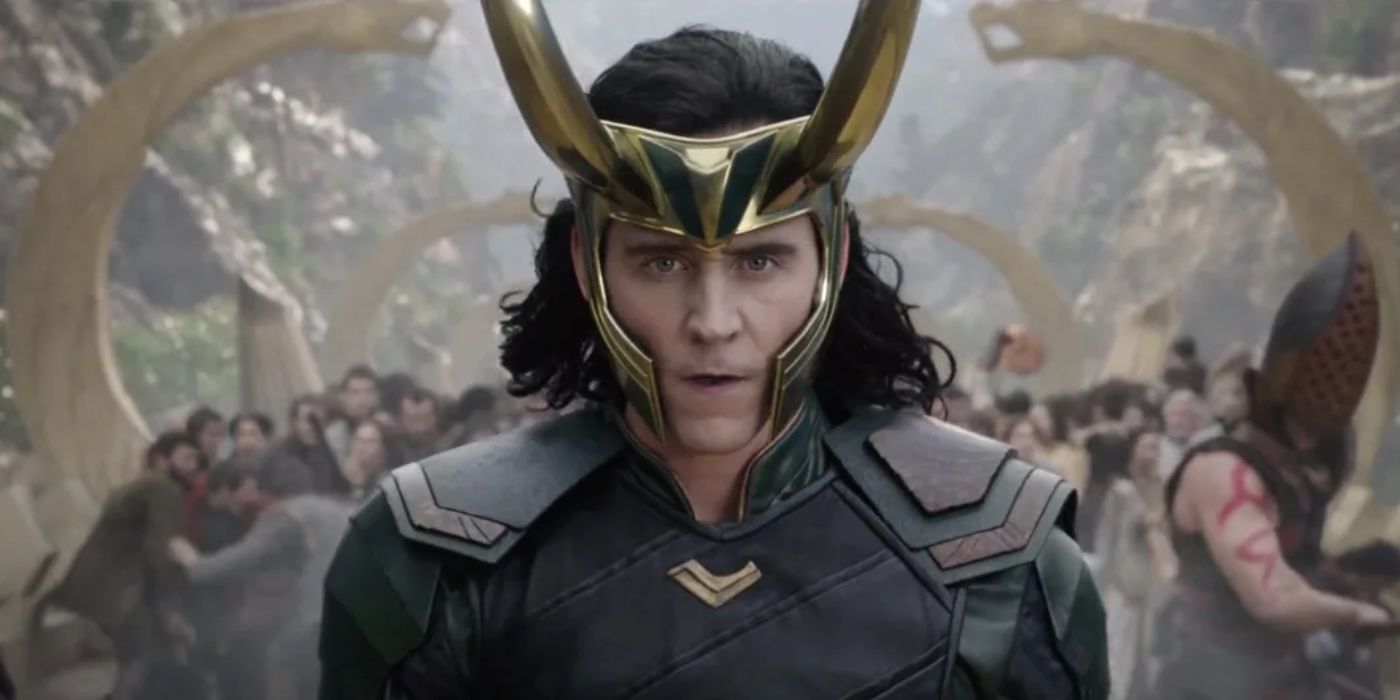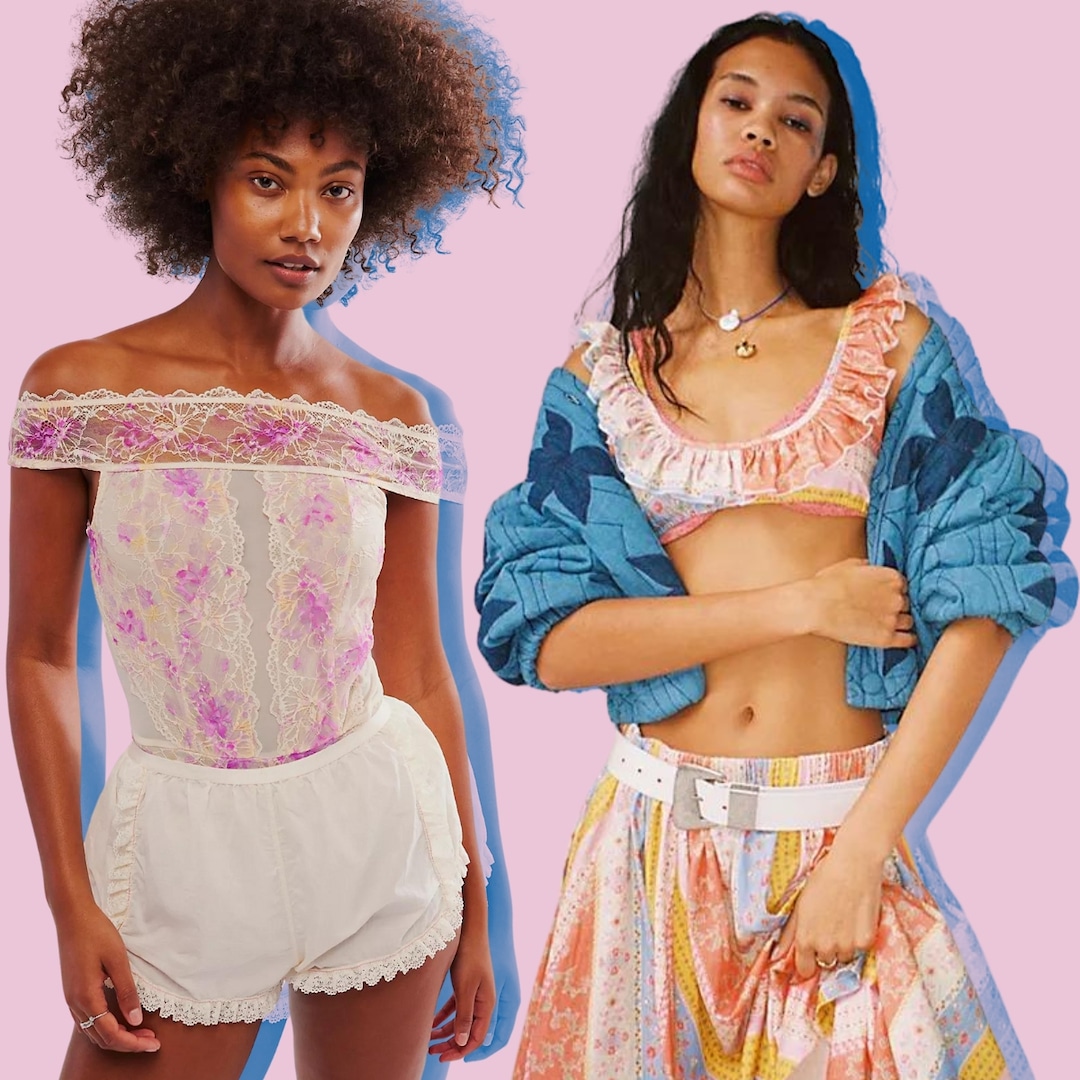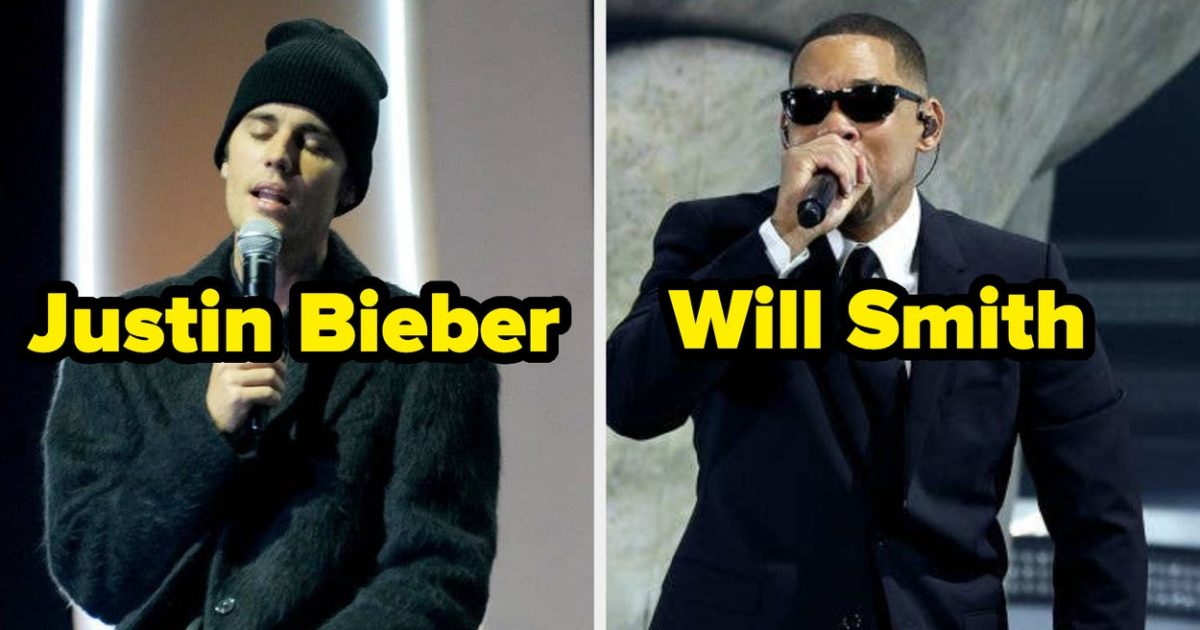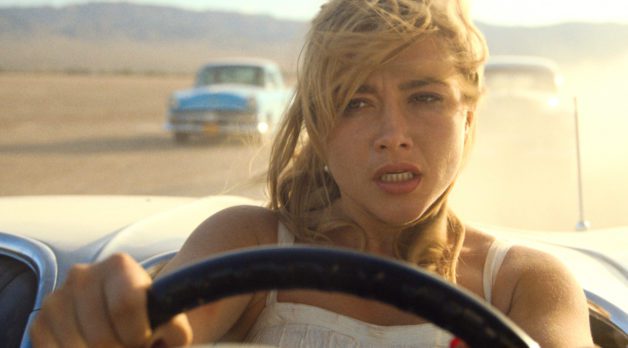
Biscuits, Blackwings and Busby Berkeley: Cinematographer Matthew Libatique on Don’t Worry Darling
Dec 17, 2022
Florence Pugh in Don’t Worry Darling
When choosing a project, cinematographer Matthew Libatique says, “My first priority is that whatever I’m doing next is different than what I did last.”
That guiding principle is how one bounces from Requiem for a Dream to Josie and the Pussycats, Noah to Straight Outta Compton. The two-time Oscar nominee’s quest for variety found him wrapping the Netflix musical The Prom, the Stepford Wives-esque thriller Don’t Worry Darling and the Darren Aronofsky-directed drama The Whale in the span of a calendar year.
In Darling, Florence Pugh and Harry Styles star as a young couple that relocates to an almost too idyllic 1950s suburban enclave in a desert that turns out to be not quite what it seems. With the film currently available on VOD, HBO Max and hitting physical media on Nov. 29, Libatique talked to Filmmaker about Biscuits, Blackwings and Busby Berkeley-inspired musical numbers.
Filmmaker: You typically use a few different lens sets on each of your projects and on The Prom, one of your secondary sets was the Blackwing7s. You moved those up to your main lenses on Don’t Worry Darling. What can you tell me about them?
Libatique: They were developed by a lens maker named Neil Fanthom and the cinematographer Bradford Young. Brad wanted to develop large format lenses because there was a shortage of them that covered the big sensors, like the Alexa 65 and LF. When we started switching to those big sensors, we lost all of these lenses that we used to love to use. We couldn’t use our Kowas anymore, we couldn’t use the Todd AO’s anymore. The original idea with the Blackwings was that there was a base tuning and then you could, in your rental house of choice, [further] tune them. That hasn’t really come to fruition just yet, because it’s such a tall order. It’s like, how are you going to train everybody to do the tuning? Everything is so secretive in terms of the design of these things. They haven’t gotten to that point yet.
Filmmaker: When I first started hearing about this process of detuning a few years ago, I did an interview with Dan Sasaki at Panavision. I naively thought he would break down the process for me and he was not giving up any of the ingredients of that secret sauce.
Libatique: Well, he’s a shaman of lenses. He likes to be the wizard behind the curtain [laughs].
Filmmaker: The Blackwings come in these three base flavors of tuning. There’s the Straight, the Transient and the Expressive. Which of those did you use?
Libatique: I had the Straight tuning, which is sort of the standard version. I have a set of the Blackwings here in New York with TCS that is tuned a specific way, but I didn’t use them for Don’t Worry Darling because I didn’t have the entire set yet. So, for that film I got my set from Camtec. I used them as my main lens set, which I’d never done before. I’ve had them on other projects, [ready to break out] if I was inspired to add a certain vibe to a particular scene, but then I’d have the Leitz lenses as my main set. When we were talking about Don’t Worry Darling, so many of the things that were in front of the camera were already kind of picture perfect. Compositionally, Palm Springs was perfect; the costumes were perfect, the production design was all clean lines. Everything was so gorgeous that I thought, “Why I don’t I use a set that I usually only use for special things, and just use it for the whole film?” Just to contrast all the shininess that the film inherently had. Then I used another set, the Sigma Classics, that have almost zero coating on them. There are some sequences in the film where they’re in the hot desert and it’s an extremely low contrast lens and any flare from anything—it could be light [that bounces] off a rock in the desert [and hits the lens]—becomes this magical thing. I also used them on the black and white dancing sequences interspersed throughout the movie. I switched what I normally do: I used the Blackwings as my standard set and used the Sigma Classics the way I used to normally use the Blackwings.
Filmmaker: You mentioned how the production design and costumes play up this too-perfect version of this world. How did that idea play into the lighting?
Libatique: I actually thought about it differently. I thought, “OK, this is a perfect world, and everything is so beautiful. Wouldn’t it be more interesting if I just dumbed it down and shot it more naturalistically?” Then maybe subconsciously, [the audience] thinks, “Something is a little bit off in this perfect world.” Going to the location [that we used for the exteriors of Jack and Alice’s house], I was really inspired by the path of the sun. Then, when we shot the interiors that we built on stage, if it was a morning scene I’d have the sun coming in from the back of the house the same way it did at the location. If it was afternoon, I’d have it coming in from the front of the house. I just tried to be consistent with that and build a language out of the way the sun actually felt in the location. What you see in the backyard [out the windows on stage] is a backing that we shot at the location and had made by Rosco. We had a night backing and a day backing. There’s no VFX in there.
Filmmaker: When you say a backing, do you mean a printed background almost like a Translight?
Libatique: Yeah, but it was a soft drop. It wasn’t a hard one. It worked successfully. It was just about putting enough light on it.
Filmmaker: I was shocked that this cul-de-sac neighborhood where Jack (Styles) and Alice (Pugh) live is a real area in Palm Springs that still plays like it’s the 1950s.
Libatique: Yeah, it was a magical find, just absolutely perfect.
Filmmaker: Were most of the interiors on set? I imagine if you were shooting inside historic houses, there’s going to be a lot of limitations around where you can rig.
Libatique: We actually shot some interiors at the Kaufmann House. Talk about treating a place with kid gloves. We were the first ones ever to shoot there, and that comes with a lot of pressure.
Filmmaker: I’d be terrified to walk through that place carrying, like, a six-foot piece of dolly track.
Libatique: I know. We didn’t even try to do that. Our choices were made to simplify our footprint inside. For the scenes in the bedroom, we used a Ronin. We didn’t even bring a dolly in there.
Filmmaker: Did you try to light from outside through windows, so you didn’t have to bring in stands?
Libatique: Oh yeah, we lit from outside and didn’t put any stands inside. If we needed to cover the sun for a particular shot, we used balloons instead of stands and frames. We were just terrified to bring anything inside. To even bring anything inside, first you’d have to bring other stuff in just to cover the ground in order to put a stand in there. So, it’s like, “What’s the point?”
Filmmaker: The Victory Project headquarters is another spectacular practical exterior—the Volcano House in the Mojave Desert. How easy was it to access? Could you drive gear up there?
Libatique: It was a pain, to be honest with you. There was only one way up and down. It took a lot of organization. We were driving, like, seven 1950s cars up this mountain. It was a logistical nightmare. I probably walked up and down that hill five times because it was faster than waiting for a vehicle to take us. Even if you could bring gear up there, there’s zero places to put it, so we had to keep things pretty damn simple. We were following the path of the sun, so we would go up there in the morning and shoot some stuff, then go down to the middle or the base and shoot some stuff, then at the end of the day go back to the top. I have to give the location department such credit. They found that community in Palm Springs, which is absolutely essential for the film, and also found this place. When I signed on, we didn’t have the headquarters yet, then one day the location manager and production designer were like, “What about this?” It couldn’t have been more perfect.
Filmmaker: Tell me about the opening scene, where Jack and Alice have a few of Jack’s co-workers and their wives over to their house to entertain.
Libatique: I worked off this conceit that it was like the Rat Pack era. One of the first things [director] Olivia Wilde told me was, “I want it to feel like this,” and showed me a picture of Dean Martin, Sammy Davis Jr., and Frank Sinatra with their ties off and hanging around their necks, with a cocktail in one hand and a cigarette in the other. Then I just pored over the photographs that she had in her look book. That first scene had to feel that way, and that’s the jumping off point for the rest of the film.
Filmmaker: After that scene, Jack takes Alice out to the desert to practice driving. There’s a bird’s-eye view shot where the car is doing donuts that seems like it would be a challenge, particularly to light up the surrounding desert.
Libatique: There were a few other scenes that didn’t make the film that were shot there on that same night. For that, I had four Condor placements just to try to illuminate as much of the desert as I could. We shot those donuts with a drone for that [overhead angle], just hoping that there wouldn’t be any wind so we could actually have a static shot. We got pretty lucky that day. Then we were also able to use a Biscuit, which is one of my favorite tools.
Filmmaker: What is a Biscuit?
Libatique: So, if you want [to create the appearance that your actors are] driving a car at speed or doing donuts, basically you put the car on a trailer that’s being driven by somebody else. The trailer isn’t being towed, it’s actually being driven [by a member of the stunt team]. You can take this pod, which is where the person steers from, and put it on any four corners of this rig. If you’re doing a frontal shot, you put the pod in the front of the car. If you’re doing something from behind, you put the [stunt driver] in the back of the car. So, [Florence and Harry] could actually do their thing and just act, while the guy driving the trailer was doing these donuts. That was fun. We used the same rig for the end sequence where Florence is driving, so she could drive at speed and not have to worry about a thing.
Filmmaker: How much time did you have to shoot all the Busby Berkeley-esque black and white dance sequences?
Libatique: One day. We actually did it on a pre-shoot day, before principal photography. It was super fun to shoot. It was a really simple lighting set up. I didn’t use much, because it was a black floor, so anything that was above we had to be really careful with so it wouldn’t reflect on the ground. We had a series of four soft boxes that we could angle, so that once we set up the camera, we could just use a portion of the box that wouldn’t reflect on the ground. Then we had these movers on the ground, creating shapes to hit the lens. I used the Sigma Classics. Unfortunately, you don’t see as much of those scenes as I thought we were going to see in the film. But there’s some beautiful stuff where we had 12 lights hitting the lens and 12 different flares, like literally competing flares in the frame. It was a really nice effect. Since it’s not in the movie, I’ll have to use it somewhere else [laughs].
Filmmaker: You’d already done a musical before with The Prom. Do you have any genres left you want to get to? Have you done Westerns or space yet?
Libatique: I’ve done space, but with a giant garden traveling in a bubble [for The Fountain]. I didn’t get to do, like, a ship. I’ve done a Western, but it was Cowboys & Aliens, which was fun. In terms of genre, I like to keep myself open. I just wanna try to change it up each time.
Publisher: Source link
Kesha Changes Tik Tok Lyric During Coachella Appearance
I love women so much like you don’t understand how important kesha and reneé rapp are to me. I listened to tiktok on my hello kitty mp3 player on the way to school every morning and now I listen to…
Apr 19, 2024
Free People Sale Finds Under $50 You Won’t Regret Adding to Your Cart
We independently selected these deals and products because we love them, and we think you might like them at these prices. E! has affiliate relationships, so we may get a commission if you purchase something through our links. Items are…
Apr 19, 2024
Olivia Rodrigo Joined No Doubt, And Many, Many Other Artists Had Surprise Cameos At Coachella 2024
This year had some of the best surprise guests.View Entire Post › Disclaimer: This story is auto-aggregated by a computer program and has not been created or edited by filmibee.Publisher: Source link
Apr 18, 2024
Cute Kate Spade Mother’s Day Gifts That’ll Make You the Favorite
We independently selected these deals and products because we love them, and we think you might like them at these prices. E! has affiliate relationships, so we may get a commission if you purchase something through our links. Items are…
Apr 18, 2024
